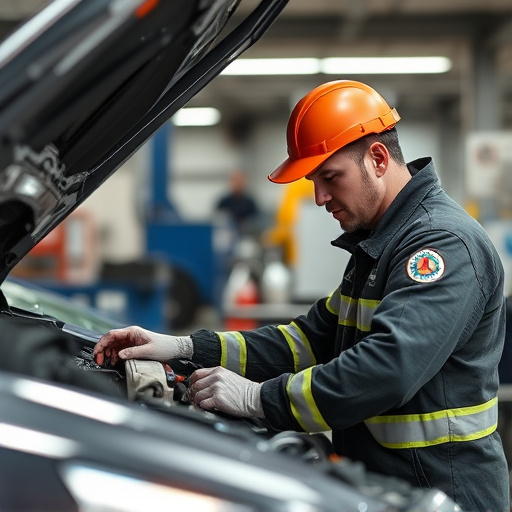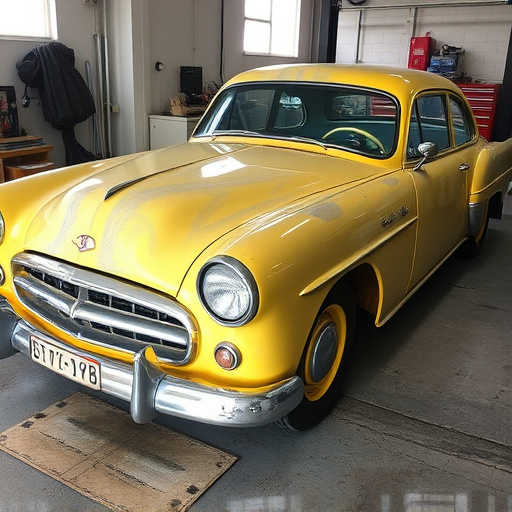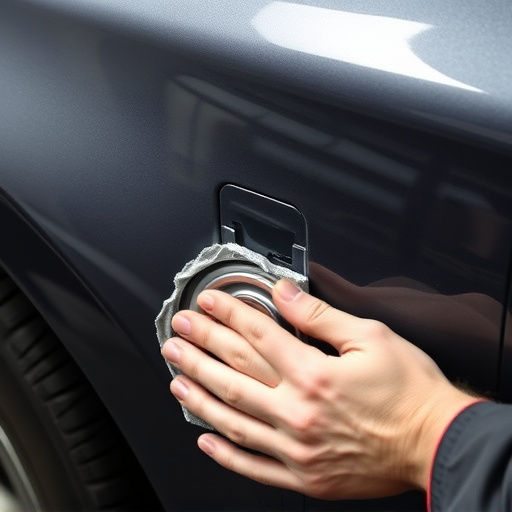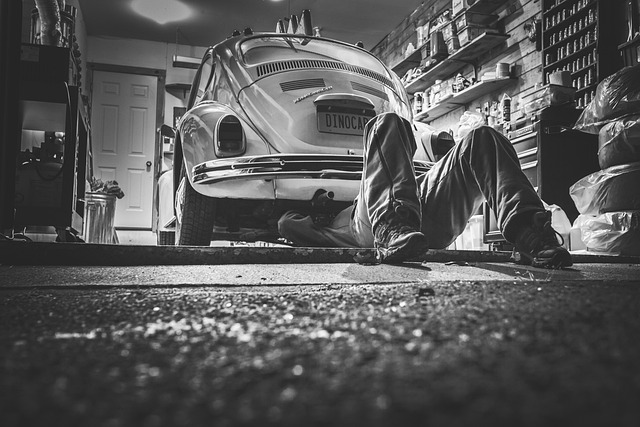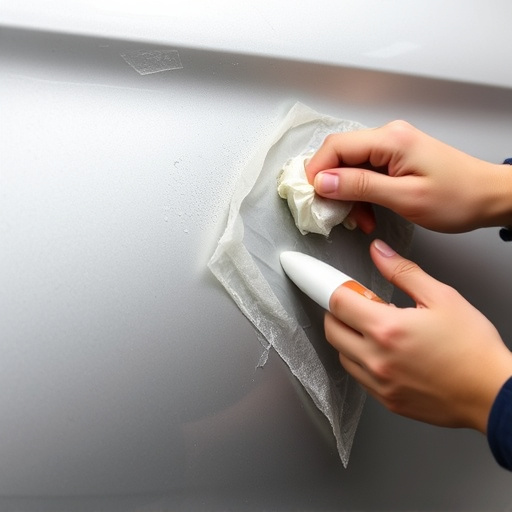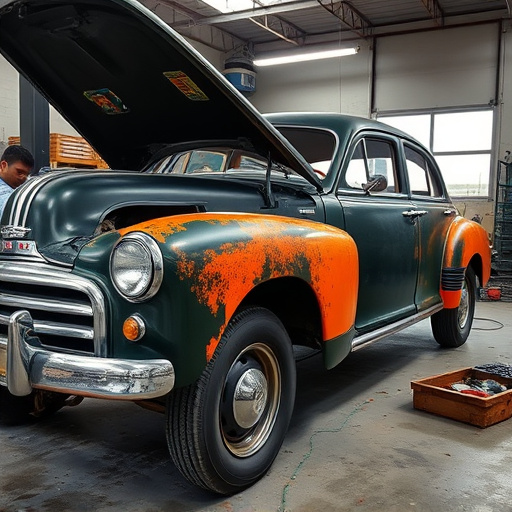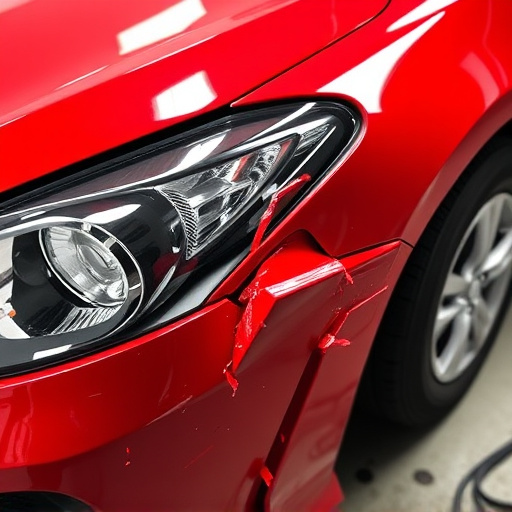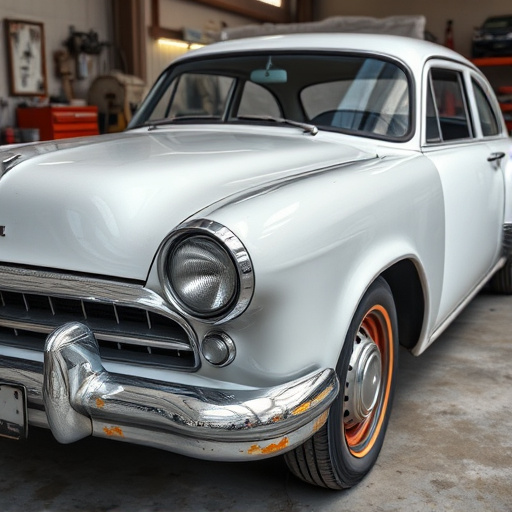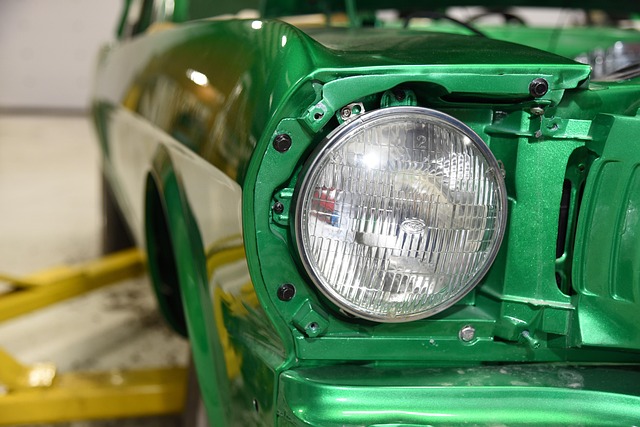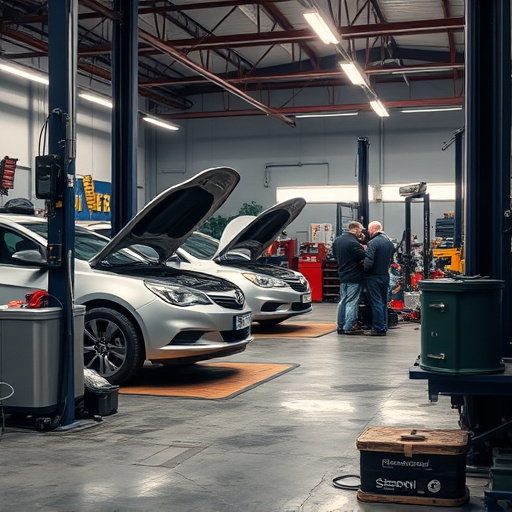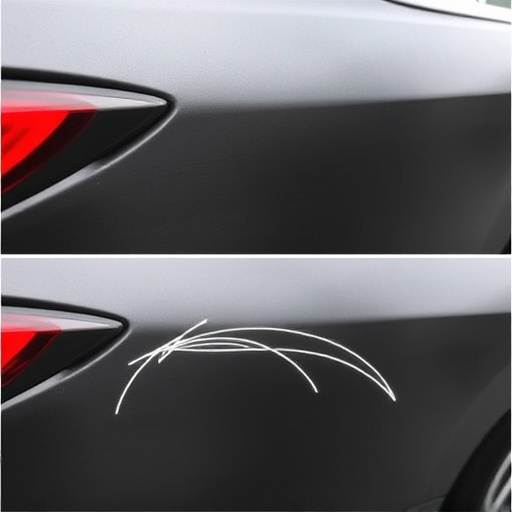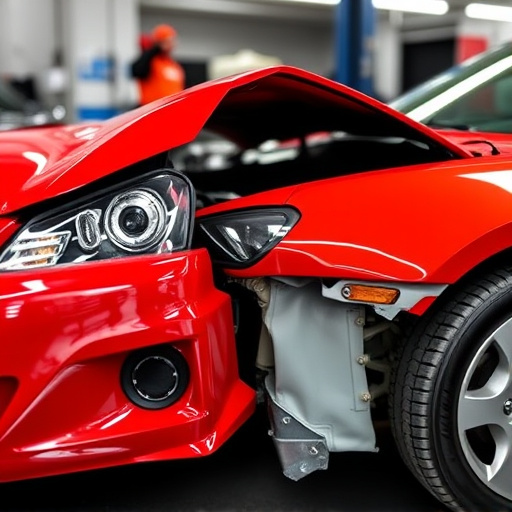OEM collision parts are vital for preserving vehicle aesthetics and structural integrity during repairs, offering precise compatibility, superior quality, and enhanced safety. They streamline repair processes, reduce turnaround times, and maintain optimal performance, outperforming aftermarket alternatives in both cost and reliability.
In the realm of crash recovery, OEM collision parts play a pivotal role in restoring vehicles to their pre-incident condition. This article delves into the significance of Original Equipment Manufacturer (OEM) parts, exploring how they enhance efficiency and safety during the repair process. We compare OEM collision parts with aftermarket alternatives, highlighting their quality, cost-effectiveness, and consistent performance. Understanding these advantages is crucial for professionals navigating the complex landscape of automotive restoration, ensuring both optimal results and customer satisfaction.
- Understanding OEM Collision Parts: Definition and Significance
- The Impact on Crash Recovery: Efficiency and Safety
- Advantages Over Aftermarket: Quality, Cost, and Consistency
Understanding OEM Collision Parts: Definition and Significance
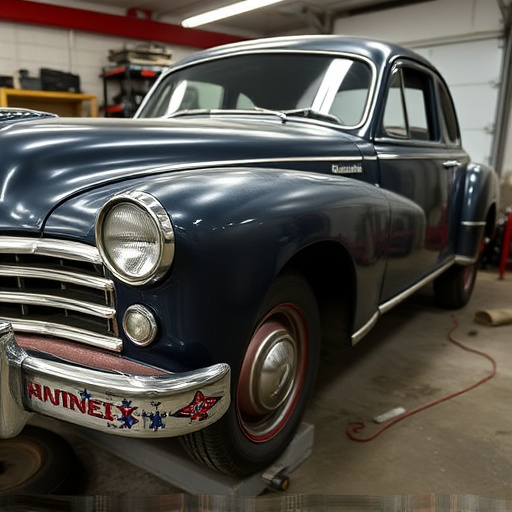
OEM collision parts play a pivotal role in the crash recovery process for car body shops and vehicle collision repair facilities. These are original equipment manufacturer (OEM) components specifically designed and produced to match the exact specifications of a particular make and model of a vehicle. In the context of dent repair, OEM parts ensure that the vehicle’s original aesthetic and structural integrity are maintained. They are not generic or aftermarket alternatives but rather precise replicas crafted to fit seamlessly into the car body shop’s restoration process.
The significance of using OEM collision parts lies in their ability to guarantee compatibility, quality, and performance during vehicle collision repair. Unlike generic substitutes, these parts align perfectly with the vehicle’s design, ensuring a flawless finish. This precision is crucial for both cosmetic appeal and structural stability, making OEM parts a fundamental consideration for any reputable car body shop looking to deliver top-notch repairs.
The Impact on Crash Recovery: Efficiency and Safety
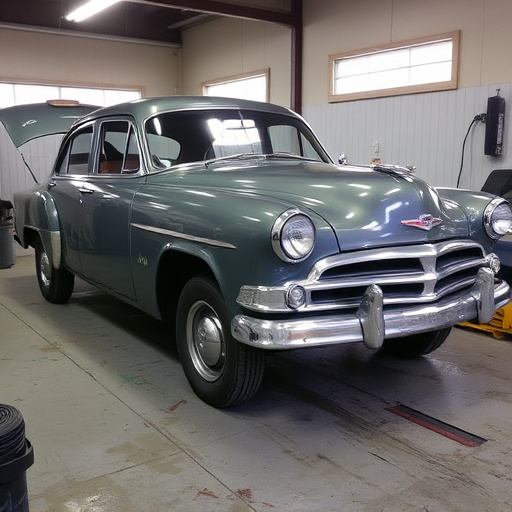
The use of OEM (Original Equipment Manufacturer) collision parts plays a pivotal role in enhancing crash recovery efficiency and safety during auto body repair. These genuine parts are specifically designed to fit and function seamlessly with a vehicle’s bodywork, ensuring precise restoration to its pre-accident condition. By utilizing OEM components, skilled technicians can achieve a higher level of precision and quality in their repairs, adhering to the manufacturer’s standards. This meticulous approach not only guarantees structural integrity but also ensures that the vehicle retains its original performance and safety features, making it a crucial aspect of effective crash recovery.
In the case of complex Mercedes Benz collision repair or any auto body repair, OEM parts provide a reliable foundation for rebuilding. They offer excellent compatibility, ensuring every piece fits perfectly into place. This accuracy minimizes the risk of further damage and improves overall repair outcomes. The availability of these high-quality parts enables efficient workflows in workshops, reducing turnaround times without compromising safety standards, which is particularly vital in an industry where quick recovery is often a priority for clients.
Advantages Over Aftermarket: Quality, Cost, and Consistency
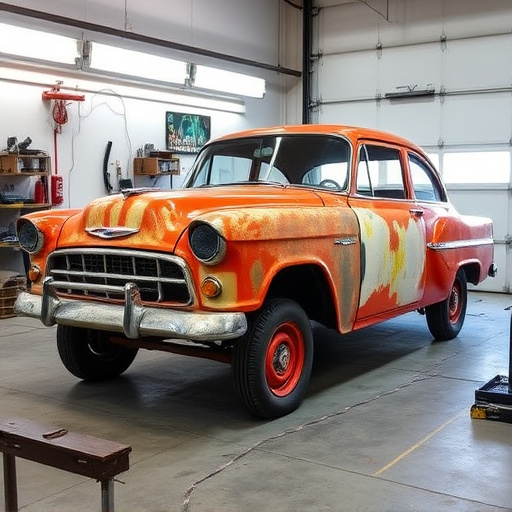
When it comes to crash recovery, OEM collision parts offer distinct advantages over their aftermarket counterparts. One of the primary benefits is quality—OEM parts are designed and manufactured by the vehicle’s original equipment maker, ensuring they meet stringent quality control standards. This level of precision is crucial for proper fit, function, and safety during repairs.
Moreover, OEM collision parts often provide better value in terms of cost. Despite being made to exacting specifications, these parts tend to be more affordable than custom-made or heavily processed aftermarket alternatives. This cost-effectiveness is particularly notable in cases where extensive frame straightening or bumper repair is required. The consistency in design and manufacturing processes also means that OEM parts are less likely to experience issues with compatibility or performance after installation, ensuring a smoother and more efficient repair process.
OEM collision parts play a pivotal role in enhancing crash recovery efforts by ensuring efficient repairs that maintain vehicle safety and structural integrity. Their superior quality, cost-effectiveness, and consistent performance make them a reliable choice for auto body shops and insurance providers. By prioritizing OEM parts, the industry can streamline recovery processes, reduce repair times, and ultimately foster safer roads.


